 |
 |
 |
 |
 |
|
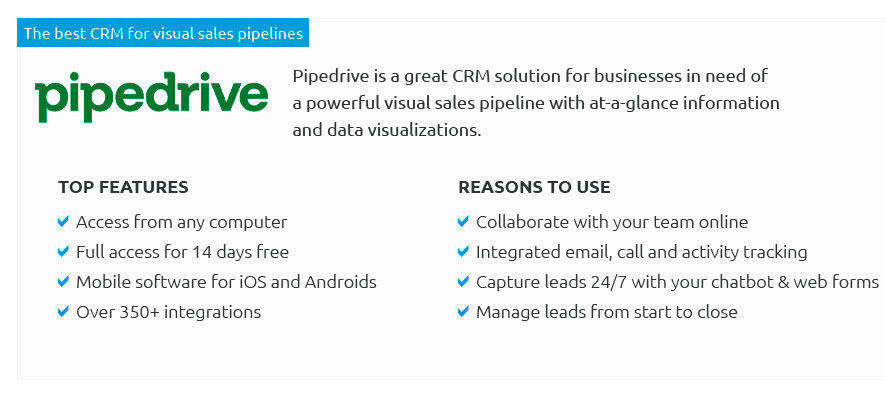 |
|
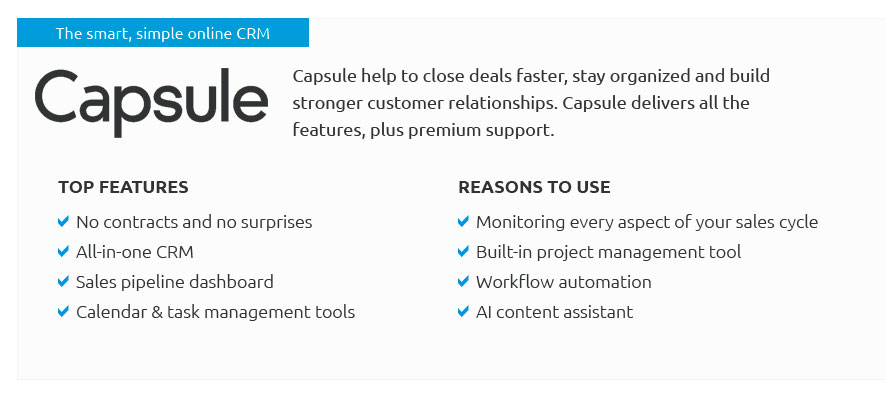 |
|
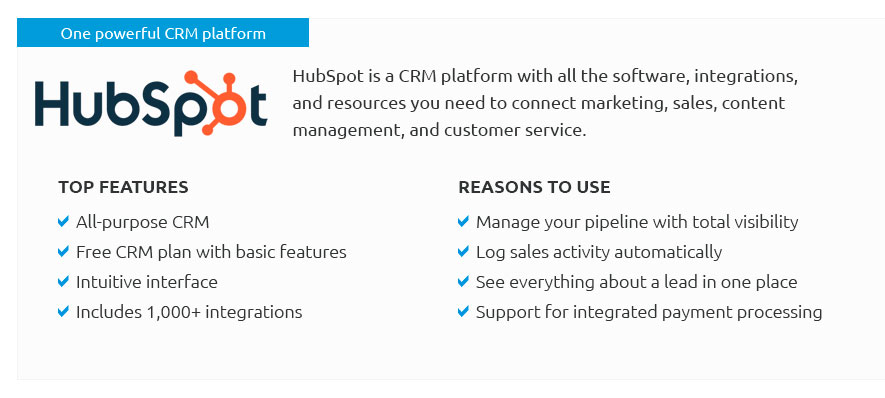 |
|
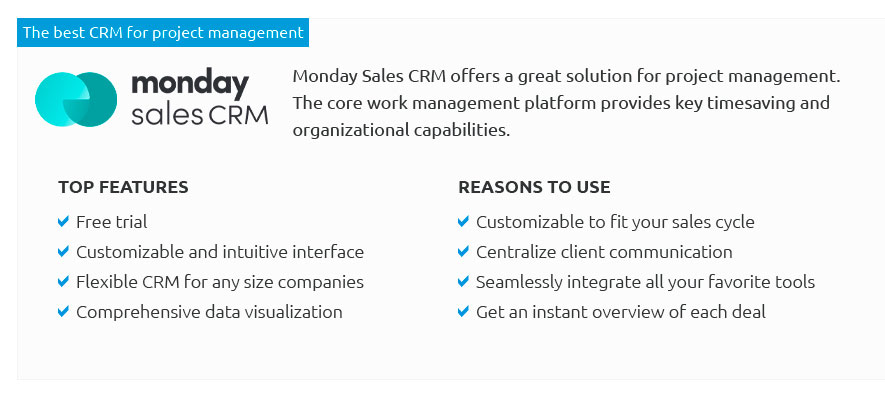 |
|
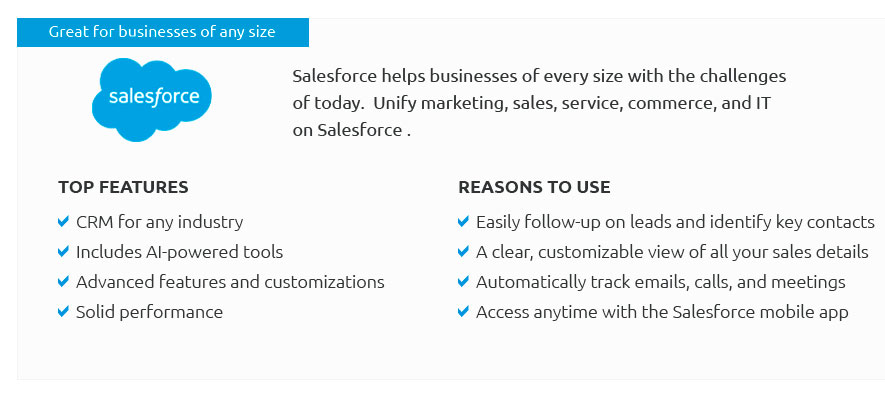 |
|
 |
 |
|
0hy6tvdfs Unlock unparalleled efficiency and skyrocket your business potential with our comprehensive CRM software review, revealing the best CRM platforms that seamlessly integrate with your business process management system to deliver transformative results; with our expert insights, discover the ultimate tools that not only streamline your customer interactions but also empower you to automate, optimize, and scale your operations effortlessly-because when it comes to dominating your industry, you deserve nothing but the best in cutting-edge technology and strategic advantage.
https://www.processmaker.com/blog/what-is-a-bpms-a-guide-to-business-process-management-systems/
BPMS is the platform that runs processes - A BPMS provides tools for managing the development and maintenance of business process models. - A ... https://www.cflowapps.com/business-process-management-system/
BPM systems bring organization and standardization into a process by adopting rule-based task execution. A well-laid-out process map is the basis for the BPM ... https://www.gartner.com/reviews/market/business-process-management-platforms
Product Listings - Filter by - CMW Platform - Appian BPM Suite - Workflow Automation - IBM Business Automation Workflow - Oracle Fusion Middleware - Blue Prism ...
|